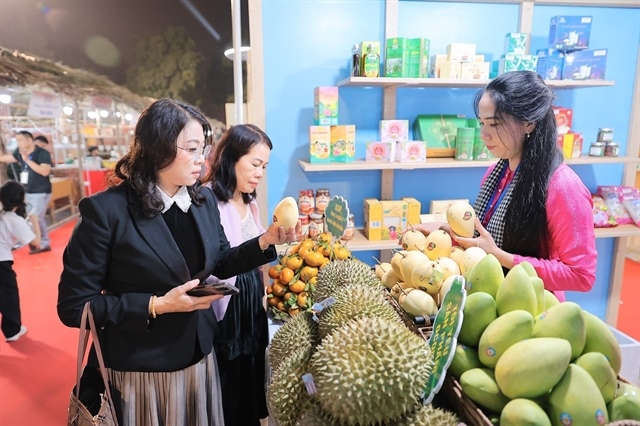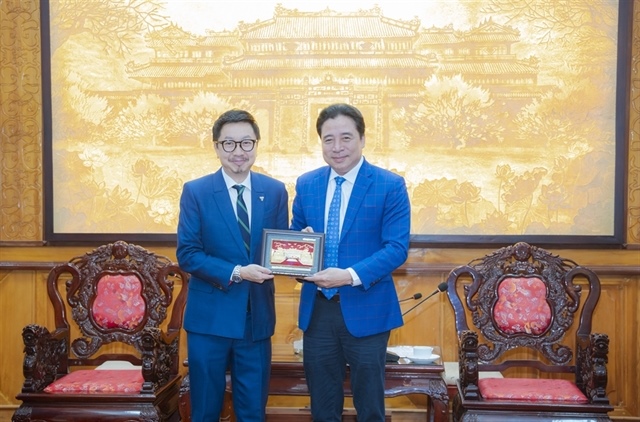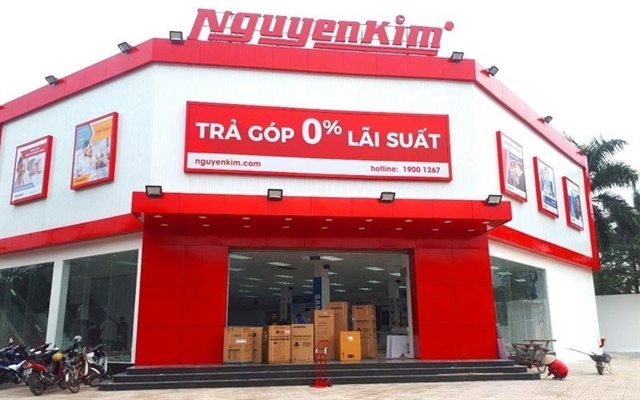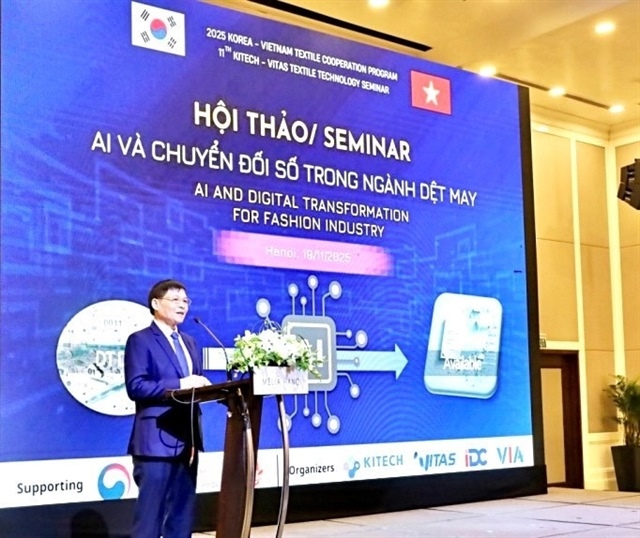Efforts to achieve comprehensive model rural areas in Hanoi
Efforts to achieve comprehensive model rural areas in Hanoi
Hanoi boasts 76 communes that have met the standards for model rural areas.
Hanoi’s communes are gearing up to elevate their standards, striving to achieve even more model rural area criteria. This initiative aims to significantly enrich the material and spiritual well-being of local residents.
Exemplary model communes
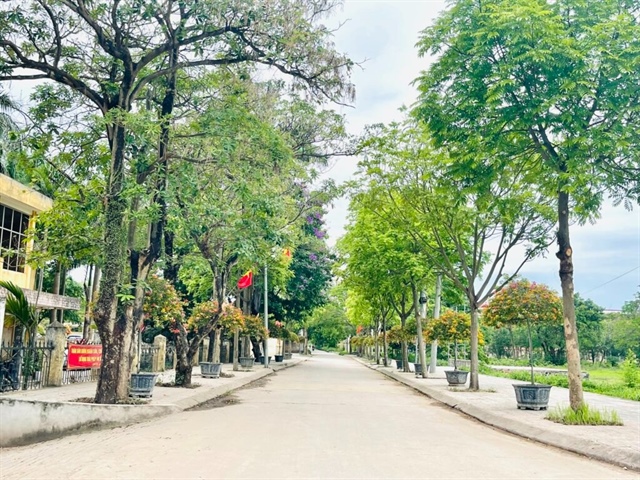
Dai Ang is known for its traditional conical hat-making in Vinh Thinh Village. Photos: sovhtt.hanoi.gov.vn |
Hanoi boasts 76 communes that have met the standards for model rural areas.
Dai Ang and Yen My communes in Thanh Tri District have set the bar high by achieving comprehensive model rural standards across all eight essential fields, such as security and order, environment, production, healthcare, culture, education and training, tourism, and digital transformation.
Dai Ang Commune is home to Nguyet Ang Village, often dubbed the "land of scholars", where many locals have excelled academically and held esteemed positions in the historical feudal court. Embracing this rich heritage, the residents of Nguyet Ang and the broader Dai Ang Commune passionately prioritize education and training.
The commune is proud to have three public schools across all educational levels that meet national standards. Innovative initiatives like "Studious Families" and "Studious Lineages" are actively nurtured and expanded. Education and training have become cornerstones in the development of model rural areas.
Additionally, Dai Ang is known for its traditional conical hat-making in Vinh Thinh Village and garment production in Vinh Trung Village. The area is also rich in historical and cultural sites, including temples and cultural houses, which the community has diligently preserved and enhanced to attract visitors.
"That's why, in our pursuit of model rural areas, tourism is flourishing as a significant success. Dai Ang is transforming day by day, embracing a modern and civilized future," Nguyen Van Hung, Vice Chairman of the Dai Ang Commune People's Committee, told Hanoimoi Newspaper.
He added that the commune has successfully rolled out a smart village model across all four villages. These vibrant areas are bustling with numerous production and business establishments, where local households actively promote, market, and sell their products and services through e-commerce platforms.
Dai Ang now boasts over 2,000 workers engaged in trade, services, industry, and handicrafts. The average income for residents has soared to VND75 million (US$3,067) per person per year, and the commune has proudly eradicated poverty.
Similarly, a visit to Yen My commune these days showcases a remarkable transformation, with the once-quiet countryside now alive with a vibrant new rhythm.
Nguyen Van Tra, Secretary of the Village 3 Party Cell, highlighted the impressive investment in infrastructure throughout the commune, where numerous large-scale projects are reshaping the landscape and driving local economic growth.
Recently, Yen My has also emerged as a sought-after tourist destination in the city, boasting several captivating ecological sites, including Van An, Hai Dang, Dam Tron, Viet Bird Garden, and hydroponic vegetable farms.
By the end of 2023, both Dai Ang and Yen My communes accomplished the impressive feat of developing comprehensive model rural areas across all eight fields.
The Hanoi Coordination Office of the New Rural Development Program announced that these are the first two comprehensive model rural communes in the city.
Moreover, other communes are also on the verge of reaching comprehensive model rural standards, such as Hong Van (Thuong Tin District), Yen So (Hoai Duc District), and Dan Phuong (Dan Phuong District), each excelling in five or more fields.
Elevating standards across multiple fields

The appearance of the street in comprehensive model rural areas in Yen My Commune. |
Sharing the strategy of the locality, Nguyen Van Hung, Vice Chairman of Dai Ang Commune, said that after being recognized as an advanced model rural commune in 2022, the local Party Committee held meetings to craft resolutions focused on enhancing criteria quality, all with the goal of achieving comprehensive model rural status.
He underlined that Dai Ang has meticulously developed a roadmap, detailing specific timelines for tasks assigned to each village. Team members are actively engaging with the community, listening to residents’ insights, and promptly addressing any challenges that arise during the implementation process.
In addition, the commune ensured that all operations were democratic, transparent, and public. This approach has significantly bolstered community awareness and civic engagement, fostering a vibrant democratic spirit in line with the goals of rural development.
In Yen My Commune, Tran Quang Khanh, Secretary of the Party Committee of the locality, proudly stated that the focus is on elevating the quality of the model rural development criteria already achieved.
He added that Yen My is strategically developing trade, tourism, and services as key economic drivers, generating numerous job opportunities while promoting specialized agricultural production alongside tourism services. “The commune aspires to evolve into an urban ward and a must-visit tourist destination in Hanoi,” he stressed.
Nguyen Van Chi, Deputy Head of the Hanoi Coordination Office of the New Rural Development Program, emphasized that achieving comprehensive model rural status is far more than just a title; it’s a vital step toward enhancing the overall quality of life for residents. Currently, most model rural communes in the city have only reached between two to four fields.
The city is ramping up efforts to establish comprehensive model rural areas in communes that have yet to meet this standard.
“Those that have achieved model rural status but are not yet comprehensive will continue to invest in the remaining fields to reach full compliance across all eight areas, paving the way for the development of smart rural areas,” he told The Hanoi Times.



